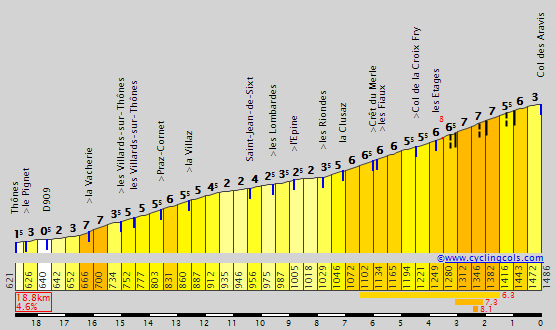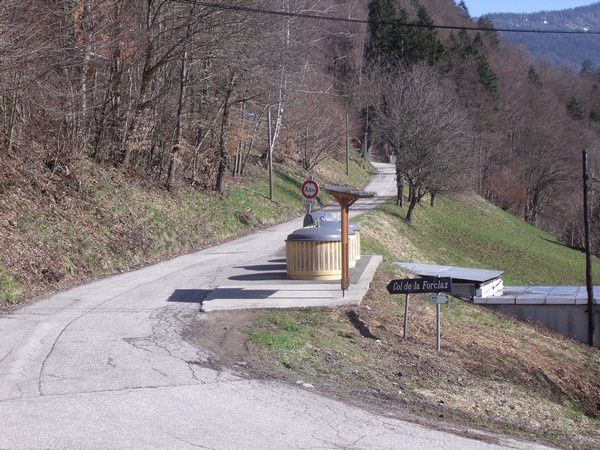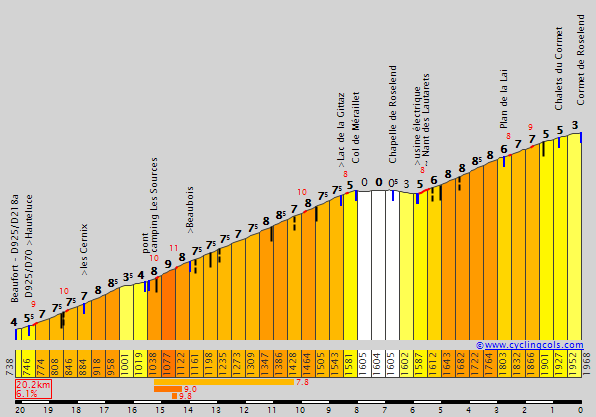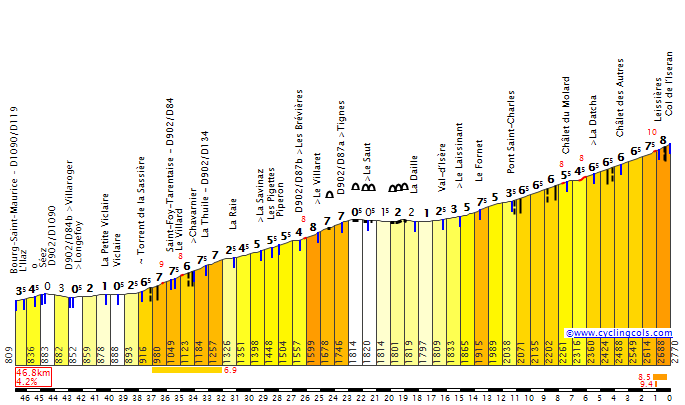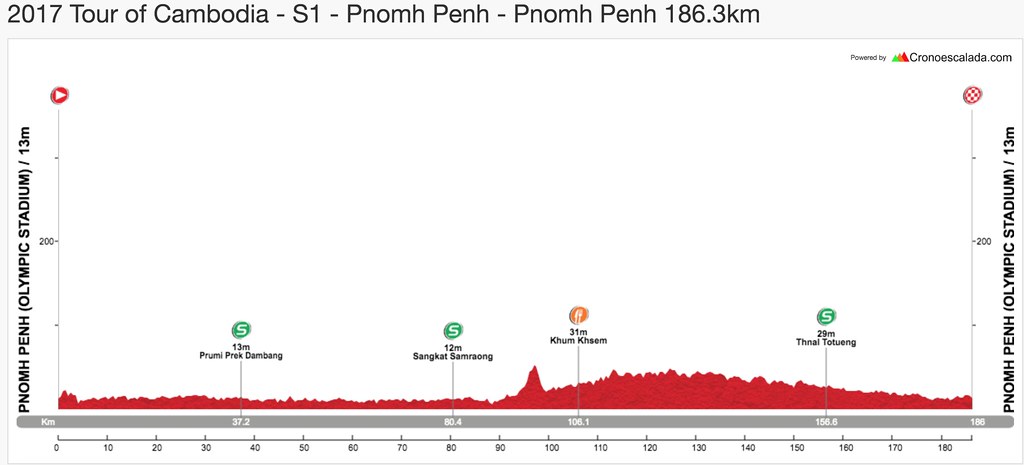As I'm new on this thread, this will be my first posting of a race I've created. I've seen dozens of interesting and original races, so I decided to create one myself. It will be a Tour de France - without Pyrenees.
I've used rumours, known long time, about Florence / Firenze wishing to host the Grand Départ some year. This was my starting point for this Tour de France. All the rest is based on my own preferences and imagination.
Saturday: Prologue; Florence - Florence; 9km
This Tour kicks off with a prologue - actually, it's a time trial - of 9 kilometers long. It's pretty flat, but in the middle we have a smooth climb, but probably not hard enough to trouble the 'big engines'.
Sunday: 1. Florence - La Spezia
The second stage of this Tour starts, again, in Florence and heads north-west through the northern part of Tuscany for a finish in La Spezia. It's likely that a lot of sprinters will be dropt in the final, especially because of the presence of the Biassa climb - also used in the great Giro 2015 stage 3. The GC contenders have to be alert, the 'puncheurs' should have their chance for victory.
Monday: 2. Sestri Levante - Fossano
The third stage should give the sprinters their first real opportunity, altough they have to work for it: in the middle of the stage the riders face a 2nd-category climb which could, with aggressive racing, drop some sprinters - like the stage to Albi in the Tour 2013, thanks to the pace of Liquigas-Cannondale on behalf of Sagan.
Tuesday: 3. Saluzzo - Briancon
I really like the idea of mountain stage being a kind of evenly distributed all over the three weeks of racing in a Grand Tour. The Grand Départ in Florence makes this possible. The stage starts in Italy but at the highest point of this Tour de France (Agnel) we enter France. After the descend, the riders tackle the Izoard, before the short, but steep finish in Briancon. A short, but probably very intense stage.
Wednesday: 4. Guillestre - Digne-les-Bains
The first totally French stage of this Tour, and a really hard one. Not real high mountains, not real hard climbs, but all these climbs combined could make for a very hard and entertaining stage.
Thursday: 5. Digne-les-Bains - Marseille
We head south, to the Mediteranean for a finish in Marseille, probably a finish for the sprinters. But, maybe the riders need some rest after two hard days, so the breakaway could have a chance for victory.
Friday: 6. Marseille - Montpellier
The flattest stage of this Tour, but 'mother nature' could make for one of the hardest. The riders ride from Marseille to Montpellier, through the Camargue, along the sea coast so the wind could create echelons.
Saturday: 6. Gignac - Mende (Aérodrome)
One of the hardest stages of this Tour is neither in the Alps, nor in the Pyrenees. We're in the Cévennes region of France for a long and very hard stage - I think we can rightfully call it a mountain stage. Plenty of climbs, plenty of opportunities to attack and a steep climb, just before the finish on Mende's aérodrome: the Cote de la Croix-Neuve. However, the riders will face this climb from the southern side, which is a little shorter, but a little steeper too.
Sunday: 7. Mende - Chastreix-Sancy
Before the first rest day, the riders head north towards the Auvergne region, facing another stage which is pretty hard, including a short mountain top finish. Some brave attackers could possibly take the stage, but maybe the GC contenders will try to take time on each other before the rest day.
Monday: Rest day in the departement de Creuse
Tuesday: 8. Chateauroux - Chartres
After the rest day, we continue with a rather easy stage from Chateauroux to Chartres, probably ending in a mass sprint finish.
Wednesday: 9. ITT; Dreux - Evreux
We're like halfway of this Tour and today will be an important day for the GC contenders: a 42km individual time trial from Dreux to Evreux. It's almost pancake flat, so the climbers will probably lose (lot of) time today, hopefully forcing them to attack later on.
Thursday: 10. Rouen - Boulogne-sur-Mer
This could be an interesting stage, as we head north through Normandy for a finish in Boulogne-sur-Mer. The last part of the stage is a copy of the 2012 stage, when Peter Sagan claimed his second Tour victory. However, that was in the beginning of the Tour, with only fresh riders. This time, the riders will already be pretty tired, so this stage could be more entertaining than in 2012.
Friday: 11. Saint-Omer - Cassel
I'm sorry for this profile. I don't know what happened, but 'DFA' should be 'CASSEL'.
This is a very special stage, combining three important races on the calendar: Paris-Roubaix, Gent-Wevelgem and the 4 jours de Dunkerque. The riders start in Saint-Omer and head towards the cobbles of Paris-Roubais (10 secteur pavés). The cobbles will shatter the peloton apart, but there's no time to rest or to hesitate: we approach the hills of Gent-Wevelgem, most famously of course the Kemmelberg. Of course, we're in Belgium now and after the Kemmelberg we return to France for some hills of the 4 jours de Dunkerque and a finish in the city of Cassel. This should be entertaining.
Saturday: 12. Valenciennes - Monthermé
After yesterdays hard stage, this stage isn't easy either. We head towards the French Ardennes for a finale suited for the puncheurs, but the GC contenders could be seen at the front too.
Sunday: 13. Sedan - Pont-a-Mousson
Before the rest day, the riders will face a stage in which all kind of scenarios are possible: a breakaway could succeed, a strong sprinter could take the stage, even the GC contenders could be seen attacking each other on the steep slopes of the Butte de Mousson!
Monday: Rest day Nancy
Tuesday: 14. Nancy - Strasbourg
We continue and start the last week of this Tour with a stage from Nancy to Strasbourg. It should be suited for the sprinters, but the two climbs halfway could well disturb their plans.
Wednesday: 15. Strasbourg - Feldberg
After visiting Italy and Belgium, it's time for Germany to welcome the peloton. We start in Strasbourg, cross the border and enter the Schwarzwald, where the riders will have to tackle a handful of climbs that should provide enough opportunities for the GC contenders to gain time.
Thursday: 16. Freiburg im Breisgau - Gérardmer
This Tour will be decided in the Vosges and this is the first stage in it. The hardest climbs are halfway so if the climbers have to take time back, they need to be brave and start attacking before the last climb (which probably isn't that hard to create big gaps.)
Friday: 17. Gérardmer - Le Grand Ballon
This is the last mountain stage of this Tour. In my opinion, it's an interesting stage. The first part is never flat and contains some short but steep climbs. This should create an intense start, where some important tactical decisions could be made. The second part contains some longer climbs. With teammates op the road in the breakaway, and the need to take back time, this could well be the place for some riders to attack already. The last part contains some minor climbs - however, these could be important - before the finish climb to Le Grand Ballon. This side of the climb starts in Moosch and I think it's HC-worthy.
Saturday: 18. ITT; Remiremont - Plombières-les-Bains
The day before Paris. The riders face a hilly individual time trial to give the GC it's (probable) final shape.
Sunday: 19. Paris - Paris
Although I actually don't dislike the ceremonial stages in Paris, Madrid or Milano, I decided to make some changes to the original final stage on the Champs-Élysées by including two short climbs, of which the Cote de Meudon contains some pretty serious cobble sections. Those hills could disturb the sprinters' plans, could it disturb the GC contenders too?


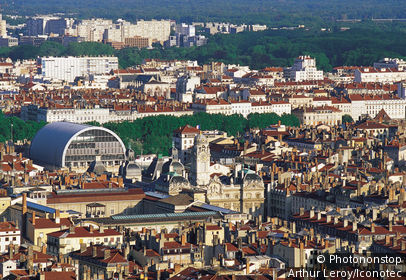













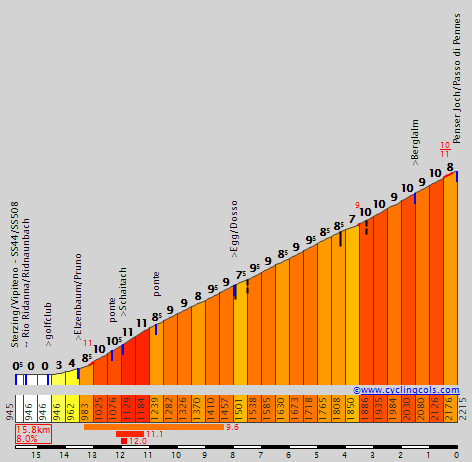



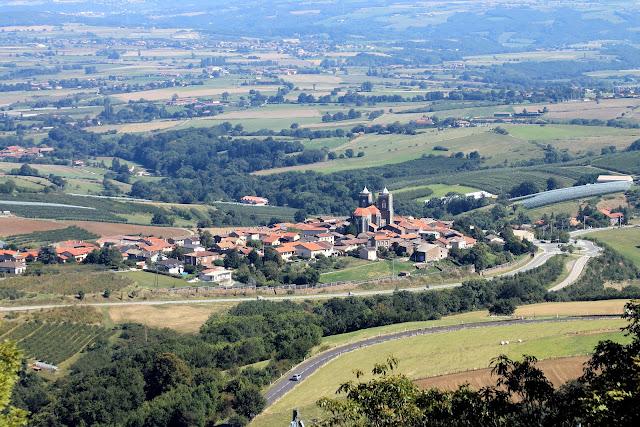

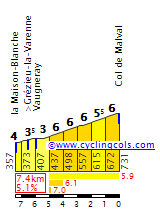

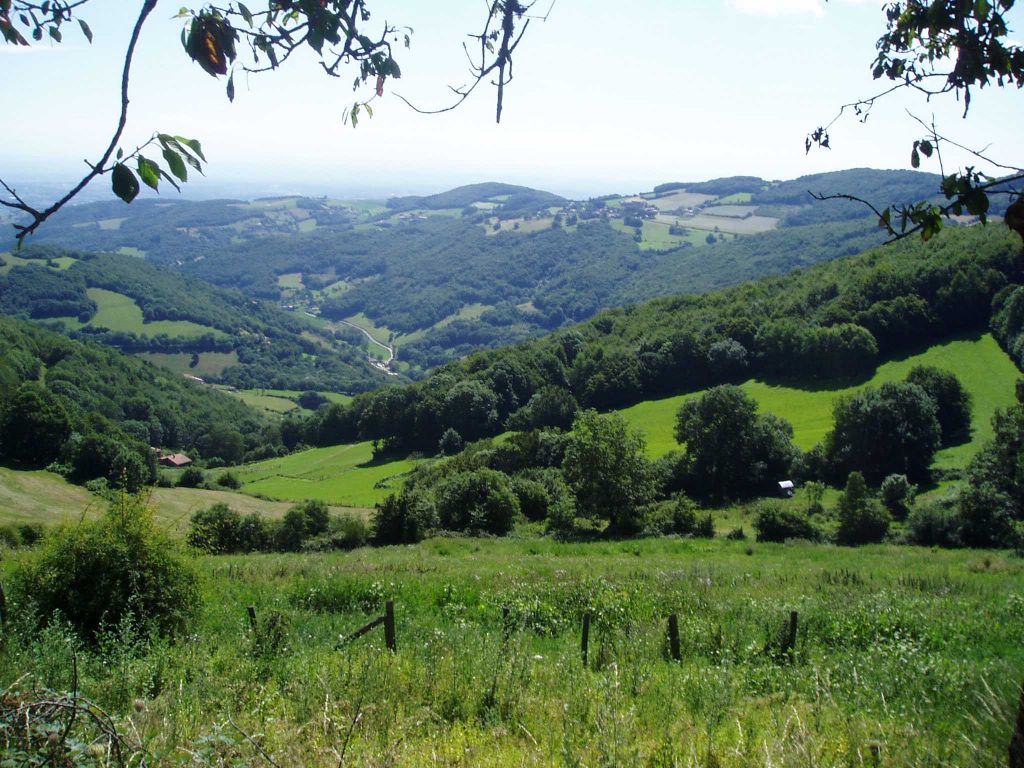

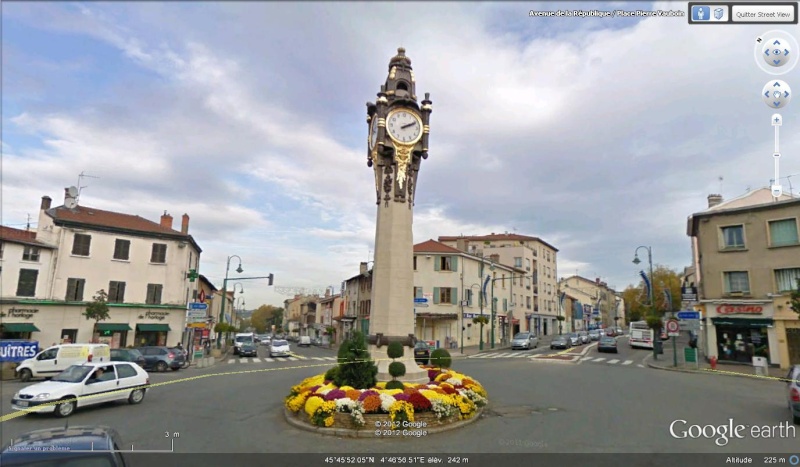








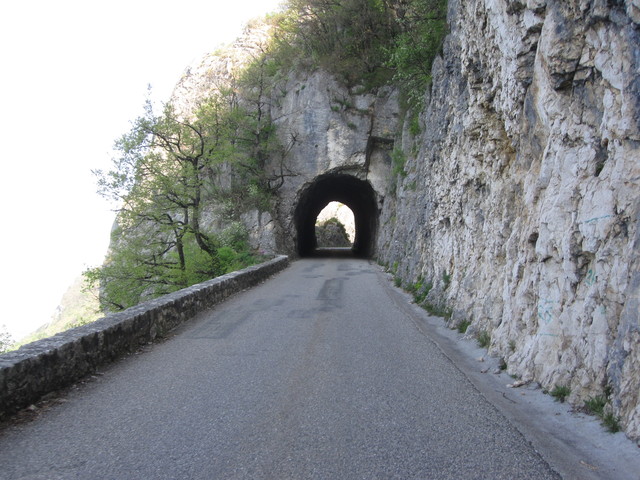
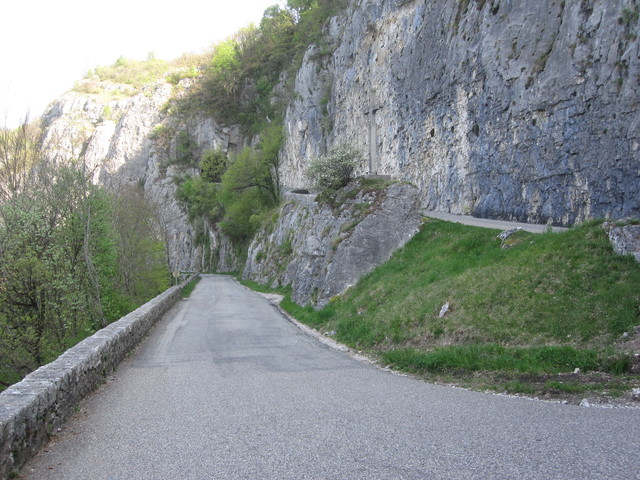

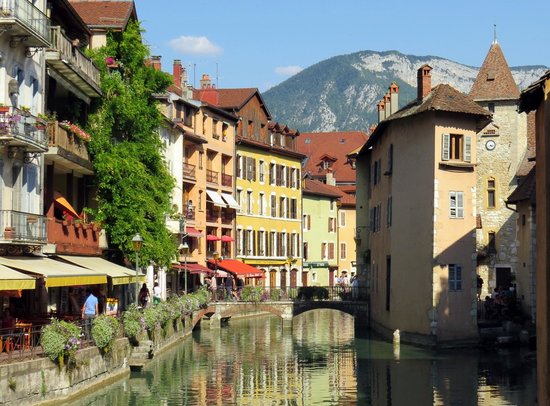
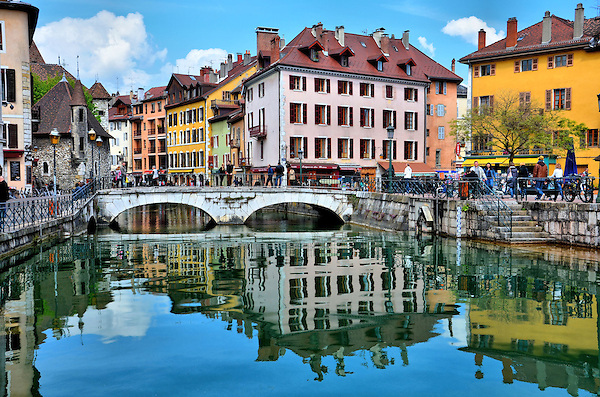
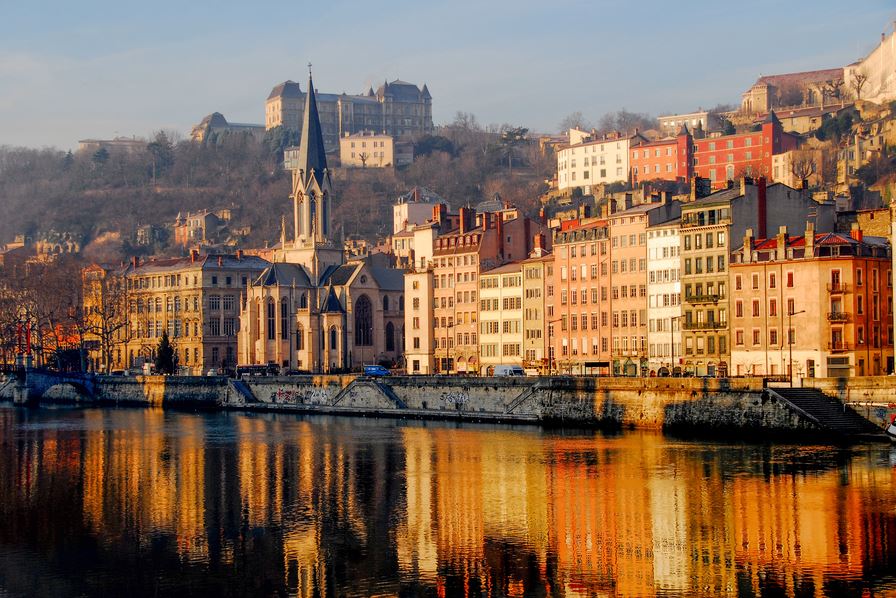






 , 192km
, 192km






















